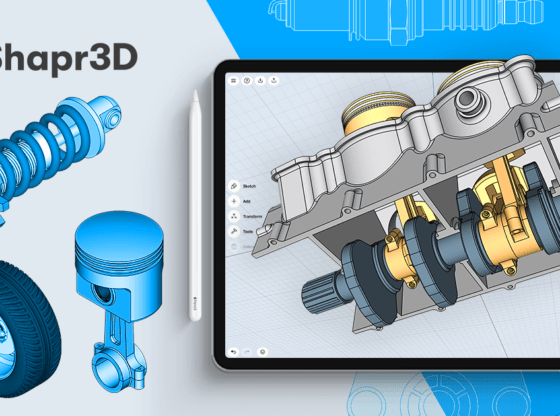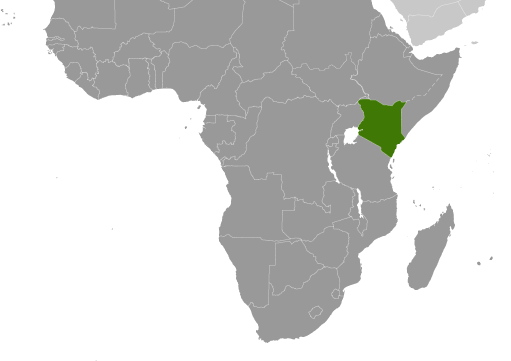VR startup landscape in Japan

Both globally and in Japan, the size of the VR/AR market is expected to grow more than 10 times larger over the next five years. VR/AR Trends in Japan Up until now, VR/AR has largely been used in Japan for entertainment purposes. However, in the coming years, it is expected that the technologies will be applied in a wide variety of industries, such as medicine, tourism, retail, and manufacturing. Many players, including Japanese electronics manufacturers, have been providing VR/AR technologies for industrial solutions. Foreign companies are also aiming for opportunities to commercialize VR/AR technologies. Research in VR/AR technologies and human responses has been making progress at universities and research institutions. Exhibitions focused solely on VR/AR are few in number, with more numerous opportunities found in introducing VR/AR as one of many technologies for a specific industry.
Funding
More than 100 million $ has been raised
Major investors
Yoshimoto Kogyo Company
Yoshimoto Kogyo Co., Ltd. is a major Japanese entertainment conglomerate. It was founded in 1912, Osaka, as a traditional theatre, and has since grown to be one of the most influential companies in Japan, employing most of Japan’s popular owarai talent, producing and promoting the shows they appear in. It is based out of Chūō-ku, Osaka, Japan Shinjuku, Tokyo, Japan.
Global Brain
Global Brain is a venture capital firm that specializes in seed, early, and later-stage investments. The firm prefers to invest in companies operating the e-commerce, software, game, disruptive technology, education, entertainment, and fintech sectors. It was founded in 1998 and is based in Tokyo, Japan. It has 268 investments to date.
Play and Plug Japan
Plug and Play Tech Center (or “Plug and Play”) is an early-stage investor, accelerator, and corporate innovation platform with global headquarters in Sunnyvale, California in Silicon Valley. Founded in February 2006. Plug and Play were early investors in Google, PayPal, Dropbox, LendingClub, N26, Soundhound, and Guardant Health. According to Plug and Play’s 2018 report, the company accelerated 1,107 startups in 2018 (562 in the USA, 545 non-domestic). The company claims to have made 222 investments in 2018. Plug and Play partners with corporations and exposes them to the Silicon Valley startup culture and to the startups themselves.
SMBC Venture Capital
Sumitomo Mitsui Banking Corporation Group (SMBC Group; 株式会社三井住友銀行, Kabushikigaisha Mitsui Sumitomo ginkō) is a Japanese multinational banking and financial services institution headquartered in Yurakucho, Chiyoda, Tokyo, Japan. The group operates in the retail, corporate, and investment banking segments worldwide.
Founded on June 6, 1996, the SMBC group operates in over 40 countries and maintains a presence in all International Financial Centres as the 12th biggest bank in the world by total assets. It is one of the largest global financial institutions in the project finance space by total loan value. As of May 2020, the SMBC Group is listed as the 80th largest public company in the world according to Forbes ranking. It is the second-largest banking institution by total assets and market capitalization in Japan.
Kinds of VR startups are there ( broad classification)
Category and Major Players
Hardware-Fujitsu, NEC, Honda, Koei Tecmo, Alps Electric
Software –GrapeCity, InstaVR
Contents –Bandai Namco Entertainment, Avex, Universal Studios Japan, J Sports
Other (VR services, etc.)- AOI Pro (contents planning/consulting), A440 (contents planning/consulting), Omnibus Japan (contents planning/consulting), Creek & River (contents planning/consulting), Ask (trading company)
Hot startups
Holoeyes: Holoeyes convert 2D human body visualization into 3D VR (virtual reality) or MR (mixed reality) visualization for the medical field. Applications include medical training, 3D reports for better examination, etc. The company was awarded the Microsoft Innovation Award for outstanding performance in 2017.
Exiii: Exiii offers wrist-worn gloves for haptic feedback. The Exos gloves have three variants, Exos Wrist DK2 (a wrist-worn glove that applies force longitudinal and lateral to the wrist); Exos Wrist and Hand tracking edition (a palm and the wrist-worn glove that tracks hand motion and detects the force of palm), and Exos gripper Dk1 (palm wearable that gives haptic feedback while touching objects in VR world ). Its applications are in the field of product design & engineering, gaming & entertainment, and training & simulation. The product comes with an SDK to support tactile expressions such as hardness, weight, and texture.
Vaqso: VAQSO provides HMD accessory devices to dispense scent for more immersive VR experiences. The device can contain 5-10 types of scent bullets. It releases smell based on VR content. Offers API for customizing scent functions.
Challenges faced
As the market is saturated with early adopters, the challenge lies in democratizing the headsets. Tethered VR headsets will continue to dominate the Japanese market as they offer the best VR experience. The estimate for Japan is three times the worldwide average.
Future outlook
Japan’s virtual and augmented reality (VR/AR) market is forecast to grow from JPY14.1 billion in 2017 to JPY211.1 billion by 2020.1 This growth will be driven by Japan’s adoption of 5th generation (5G) wireless technology, increasingly diverse applications for VR/AR technologies, and strong government support.
Japan is introducing limited 5G commercial services to the market in 2019, with a full launch anticipated for 2020. Major Japanese telecommunication companies such as NTT Docomo, KDDI, and Softbank plan to set up VR/AR viewing platforms utilizing 5G at sports games and other live events to offer new experiences to audiences.2 The mobile apps industry is also predicted to expand from 2020.
VR/AR technologies are expected to be used for experiential/training purposes (mainly VR) and navigation (mainly AR) by a range of industries such as healthcare, tourism, retail, education, real estate, defense, and manufacturing.
There is a strong demand for technologies that:
- enable error correction and reliable outdoor use e.g. automated error correction that accounts for interference from natural built-up environments
- offer highly immersive content and technologies
- support extended/long-time use e.g. miniaturization of HDM/Smart Glass and reduction of motion sickness.
The Japanese Government is a strong advocate for new technologies. Japan’s Ministry of Economy, Trade, and Industry (METI) provide grants for content creators that leverage advanced content creation technologies, including VR/AR, to promote products, services, or tourism in Japanese regional areas.










